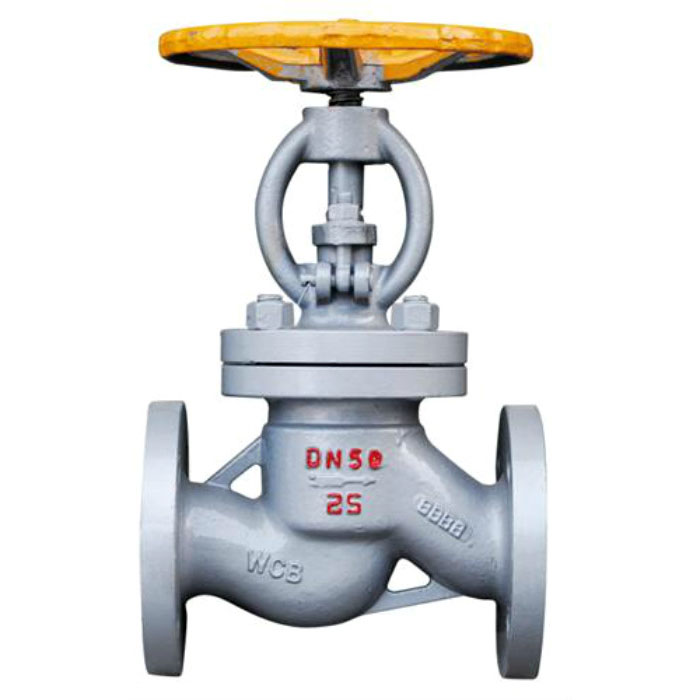What are valve types?

Valve is a control component in the pipeline fluid delivery system, which is used to change the passage section and the flow direction of the medium, and has the functions of diversion, cutoff, throttling, check, split or overflow relief. Valves come in various types for fluid control, from the simplest shut-off valves to the wide variety of valves used in extremely complex automatic control systems, with a wide variety and specifications.
It can be divided into
I.End connection
1. threaded connection valve: the valve body has internal or external thread, which is connected with the pipe thread..
2. Flange connection valve: The valve body is flanged and connected to the pipe flange.
3. Welded connection valve: The valve body has a welding groove and is welded to the pipe.
4. clamp connection valve: the valve body has a jaw and is connected with the pipe clamp.
5. Compression connection valve: connected to the pipe with a ferrule.
6. Wafer connection valves: bolts directly connect the valve and the two pipes together.
II.Body material
1. Metal material valve: The valve body and other parts are made of metal material. Such as cast iron valves, cast steel valves, alloy steel valves, copper alloy valves, aluminum alloy valves, lead alloy valves, titanium alloy valves, Monel alloy valves.
2. Non-metallic material valves: Parts such as valve bodies are made of non-metallic materials. Such as plastic valves, enamel valves, ceramic valves, glass steel valves and so on.
III.Function
1 on-off: used to cut or close the pipeline medium. Such as valves, gate valves, ball valves, plug valves and so on.
2 adjustment: used to adjust the pressure or flow of the medium. Such as pressure reducing valves, regulating valves.
3 allocation: used to change the flow direction of the medium, to distribute. Such as three-way cock, three-way stop valve and so on.
4 non-return: used to prevent the media from flowing backwards. Such as check valves.
5 Safety: When the medium pressure exceeds the specified value, the excess medium is discharged to ensure the safety of the equipment. Such as safety valves, accident valves.
6 Blockage drainage: retain gas, remove condensate. Such as a trap.
IV Operation
1 manual valve: a valve operated by human power by means of a hand wheel, a handle, a lever, a chain, a gearbox, a bevel box, etc.
2 electric valve: a valve operated by electric power.
3 Pneumatic valve: A valve operated by means of compressed air.
4 hydraulic valve: a valve that is operated by external force by means of liquid such as water or oil.
V Nominal Pressure
1 Vacuum valve: A valve with an absolute pressure of less than 1 kg/cm2.
2 low pressure valve: the valve with a nominal pressure of less than 16 kg / cm 2 .
3 medium pressure valve: a valve with a nominal pressure of 25-64 kg / cm 2 .
4 high pressure valve: valve with a nominal pressure of 100-800 kg / cm 2 .
5 Ultra high pressure: a valve with a nominal pressure of 1000 kg/cm2 or higher.
VI Temperature of the medium
1 Ordinary temperature valve: Suitable for valves with medium working temperature of -40 to 450 °C.
2 high temperature valve: suitable for valves with medium working temperature of 450 to 600 °C.
3 heat-resistant valve: suitable for valves with medium working temperature above 600 °C.
4 low temperature valve: suitable for valves with medium working temperature -40 to -70 °C.
5 cryogenic valve: suitable for valves with media working temperature -70 to -196 °C.
6 ultra-low temperature valve: suitable for valves with medium working temperature below -196 °C.
VII nominal diameter
1 small-diameter valve: a valve with a nominal diameter of less than 40 mm.
2 medium diameter valves: valves with a nominal diameter of 50 to 300 mm.
3 large diameter valves: valves with a nominal diameter of 350 to 1200 mm.
4 extra large diameter valves: valves with a nominal diameter greater than 1400 mm.
If you would like to know more information, please contact us at: sales@jhflow.com